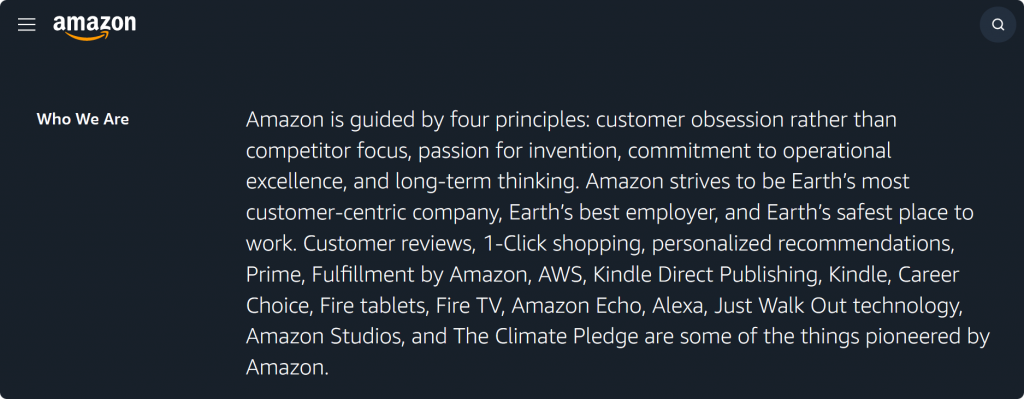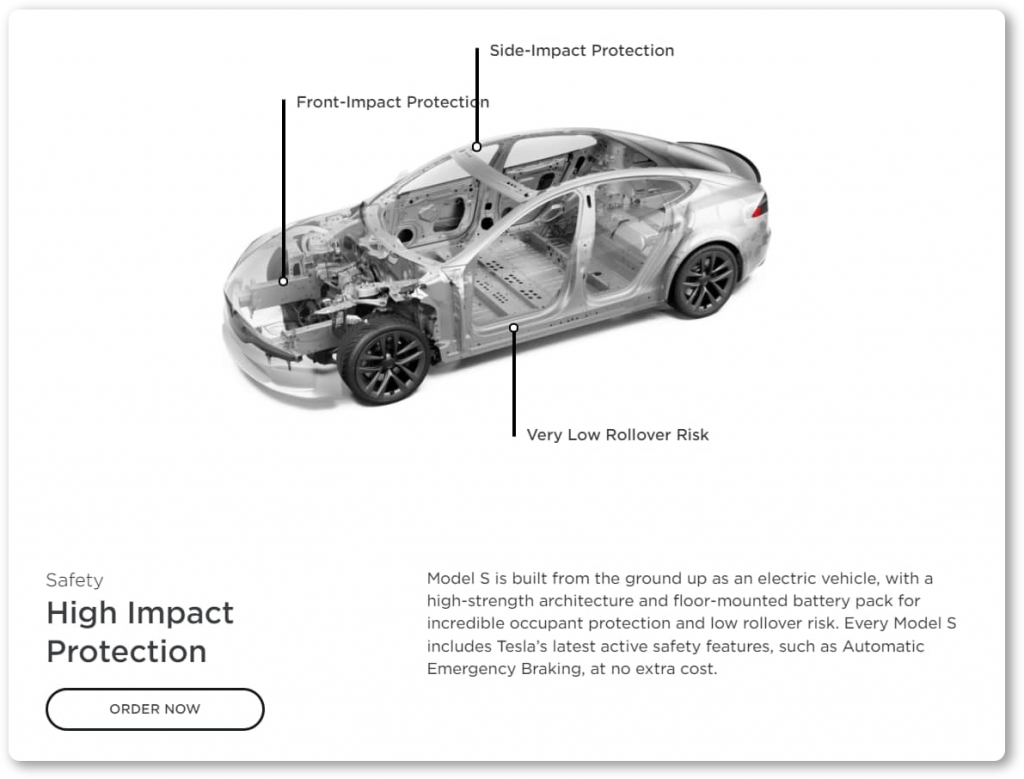Brand positioning
We’re living in an over-communicated society where information is bombarding us from everywhere. Ads are so ingrained in our reality that they’ve become part of our culture and way of thinking.
But how to stand out and grow your brand in this information havoc? How to promote your business and gain a competitive advantage? That’s where brand positioning comes into play.
First things first, let’s start with the brand positioning definition.
What is brand positioning?
Marketing author and professor Phillip Kotler explains brand positioning as “the act of designing the company’s offering and image to occupy a distinctive place in the mind of the target market.” In short, it’s about how and which place the brand occupies in a customer’s mind.
The main idea of brand positioning is not to create something new and different but to manipulate prospects’ knowledge of other brands. It’s more than catchy taglines and brainwashing your leads with tons of ads. It’s about standing out of the crowd and being memorable in a subtle way.
Why is brand positioning important?
Where would you go when you need to buy a gift for your co-worker? A brick-and-mortar showroom or Amazon? The answers that come to your mind first are examples of excellent brand positioning strategies. Those brands occupy a place in your mind, and they know how to do it right.
It might seem that brand positioning is a mythical thing embedded in your company by default, but it’s not. You need to maintain it and rethink it from time to time.
It’s a wisely crafted strategy that ties your business vision, identity, goals, and product image all together to place your business in a notable place in the market. Also, it helps you create and maintain your brand image and reputation.
Let’s have a look at the examples of successful brand positioning to see why it’s so crucial.
Brand positioning examples
Amazon
Amazon’s Who We Are statement on its website is a perfect example to consider! Here you can find how Amazon positions its brand among other companies.

Its brand positioning screams, We are here for YOU! And you can feel it in everything the company does. The attention to the customer’s needs and wants is stunning. It manifests its client-centric approach through its sales strategies, campaigns, and fast delivery terms.
Amazon proclaims itself Earth’s most client-centric company, best employer, and safest place to work. And it has a reason to do so. If you took a look at the company in 1994, all you would see was an online bookstore that had a growing selection of books, reasonable prices, and appealing delivery options.
Look at it now. Have you noticed any changes? Obviously, it grew and expanded enormously, but it still has the same approach as in 1994. It’s still customer-obsessed, growing, and has convenient shipping. It’s a great example of accurate brand positioning that occupies a significant place in our minds.
Tesla
Tesla stays true to its initial brand positioning statement, “The only stylish car that can go from 0 to 100 in 3 seconds without a drop of oil”. It’s not just a car; it’s a technology that makes customers feel part of the future, part of the cool technologies that are safe for both — humans and nature.

On its official website, in the About Tesla section, you can find a summary of the company’s past achievements and future goals. And this text is soaked in brand positioning statements!
For example, the sentence “Combining safety, performance, and efficiency, Model S has reset the world’s expectations for the car of the 21st century” shows that Tesla positions its brand as the safest, most efficient, environmentally friendly, and groundbreaking.
Tesla has a similar approach to brand positioning as Amazon — they’re improving their innovative technologies and values to build the future. They are both trying to say that they are the bridges to something better, and you need to join them.
McDonald’s
The previous two companies are relatively new, while the third one has a long history, and we’re loving it! Parapapapa!
McDonald’s is formed on four main principles — Quality, Service, Cleanliness, and Value. These are the main pillars that positioned this brand on top of the fast-food industry.
It all started in 1955, when Ray Kroc decided to expand and reposition the brand. He saw that being fast in serving food wasn’t enough that’s why he started implementing his own approach.
Kroc analyzed his competitors and realized fast-food restaurants had drawbacks in service, quality, and cleanliness. With that, he started positioning the brand as a fast-food restaurant with low-priced quality hamburgers.
McDonald’s stayed true to its values till this day, but at the same time, it was flexible and adaptable to the changes in the world. For example, its Cleanliness approach can be traced in its new environmental campaigns, which is a perfect example of brand repositioning and adaptation.

It wants to build a better future just like Tesla and Amazon. And by expanding its initial value, it is gaining customers’ trust and approval.
What is a brand positioning statement?
It should be emphasized that a brand positioning statement is not a company’s slogan or a tagline. It’s a strategic document that unifies brand values for a specific market niche and shows what your company does, for whom, and what makes you special.
To put it simply, a brand positioning statement is like a picture by numbers. If you have all the colors and brushes, all you need is a number to know where to apply those colors.
With this in mind, a brand positioning statement is used internally to guide the brand vision, marketing strategies, and product operations decisions. Furthermore, its ties with all aspects of your business course help maintain a good reputation for your product, too.
So what’s the recipe for a good brand positioning statement?
How to create your brand positioning statement?
As Al Ries and Jack Trout stated in Positioning: The Battle for Your Mind:
To be successful today you need to touch base with reality. And the only reality that counts is what’s in the prospect’s mind, to retie the connections that already exist.
That said, you need to focus on Customers, Competitors, and your Company. All of the mentioned elements need close attention, examination, and evaluation from your marketing and sales teams. After studying these three Cs, you’ll have an approximate picture of what surrounds your prospects and how to fit in.
Let’s start with consumers. You need to know your target audience by crafting a demographic, geographic, social, financial, and psychological description of your buyer persona. Your team needs to answer questions like:
- Who are you focusing on?
- What problems do they have?
- Why will your product be a perfect solution for them?
- What benefits are there for them?
- Why should they believe you?
After acquiring answers to these questions, identify your competitors’ position in the market and their relation to you:
- Who are your competitors?
- What are their strengths and weaknesses?
- What do they offer?
- How do they market their product?
Also, you can use perceptual mapping to understand how people view different brands in your market niche.
By the end of assessing customers and competitors, you can see how they might perceive your values and views and how you stand out. Then move on to your company and its brand promise. Identify the context of your brand and in which category it’s competing. And don’t forget to inquire the following:
- What is the most compelling offer you have that singles your company out?
- How will your target audience benefit from it?
- How does your brand promise present persuasive evidence for people to trust your product?
It actually doesn’t matter with which C you start because it’s an unbreakable and codependent cycle. Analysis of all three Cs gives an understanding of whether your brand positioning statement is relatable and credible in the customers’ minds.
Wrap up
As you can see, everything is linked and can’t work properly without each other. Brand positioning works like a glue that keeps things whole. And Snov.io CRM can help you link customers with your product and promote your brand positioning statement better.
With Snov.io Email Finder and Email Verifier, you can search and qualify leads that fit your target audience. It will save time and effort for you to focus on brand positioning strategies. And Snov.io cold email software tool with its templates and tutorials can make your brand positioning statement more notable.
















